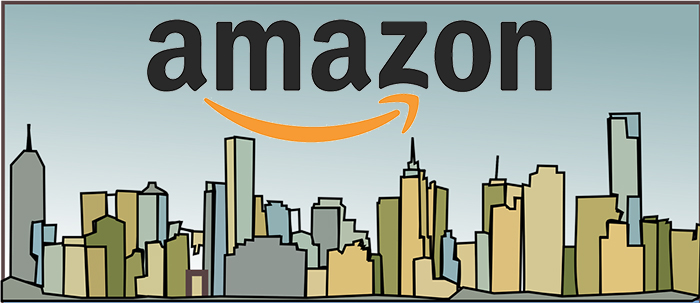Menu
Table of contents
A great time to take a look at how businesses can become better found in the online department store with a little Amazon marketing and how you can get a head start on the competition.

The basics of Amazon marketing
To be found better on Amazon (and therefore sell more), we can divide the marketing for this into roughly three parts:
- Search engine optimization
- Conversion optimization
- Sales
Together, these three components form the basis for a better position in Amazon. Again, however, you can't separate them. One leads to the other and the other in turn leads to a better position: search engine optimization leads to more potential customers, conversion optimization leads to more sales to those customers and more sales in turn lead to an even better position.
Amazon search engine optimization
For now, we focus on the first step in the process: search engine optimization. Also called search engine optimization (SEO). When we think of SEO, we (rightly) quickly think of Google, but Amazon also has its own algorithm that determines which products come to the top of Amazon's algorithm. Fortunately, that algorithm is not (yet!) as developed and complex as Google's, so you can often make some quick strides.

Using keywords
Amazon marketing hinges on discovering and using the right keywords: the words people enter to find your product. In this article, we'll take a closer look at what terms those might be for your business and how to find them yourself. Here we'll stick to where and how best to use those keywords:
1. In your product title
Amazon looks first at the product title of your items to determine if they are relevant as results to the user's search query. So it's a good idea to include your keywords here. However, make sure it doesn't become a list of keywords. This keeps the title readable. And follow Amazon's guidelines for a good product title at all times.
2. In the keywords tab
Amazon's system has the "Keywords" tab where you can also specify which keywords you want to be found on with the product in question. Relevance is the key to success here. The more specific, the better. For example, if you sell an electric hedge trimmer, don't enter "garden tools" or "pruning shears," just enter "electric hedge trimmer" or "battery hedge trimmer. Whatever is applicable.
3. In the product description
In your product description, you have the space for about 2000 characters of text to convince your customer of your product. And in that, of course, you use those previously determined keywords. In a natural way. So not too much and not too little. About 1-2 times per 250 words is fine. Also be sure to use variations of your keywords and other relevant keywords or synonyms. If you also know how to respond to the needs of your potential customer, then you've got it covered.
And that brings us to the next part of Amazon marketing: conversion optimization.
Conversion optimization on Amazon
Conversion optimization on Amazon involves actually convincing the people who click or press on your product to buy it. You already do some of that in the product description, but good product images, for example, also contribute to that attempt at persuasion. However, Amazon provides many more ways in which you can convince customers of your product or company.

For example, you can have the most important features of your product highlighted. The ideal opportunity to stand out from the competition and communicate the unique selling points (read: added value) of your product to the customer in a number of clear bullet points. Customers can also leave reviews and ratings of your product, which in turn builds trust with new customers. So be sure to approach satisfied customers and ask them to review your product.
In doing so, you can link multiple variations of a product. For example, are your potential customers looking for wool socks? But don't like the standard gray ones? Then you can easily offer them some red and blue socks as well. The reviews of those products are also linked together. Nice touch.
Sales
Amazon is a commercial company that strives to sell as much as possible. If you sell a lot through Amazon, the company is happy and will reward you with even better positions in the search results, which in turn, of course, leads to even more sales and eventually, perhaps, to being labeled a "Bestseller" or "Amazon's Choice. That, of course, is totally box office.
Want to learn more about Amazon marketing?
Could you use a little help setting up your product listings in the best way possible? Not sure what your keywords should be or how exactly to convince those customers of your product? Feel free to contact us and ask your question. Or submit your product page to us. We are happy to help you with your Amazon marketing strategy.







Written by: Daniel Kuipers
Daniel is the founder of Online Marketing Agency. He constantly scours the Internet for the latest gadgets and tactics and blogs about them in understandable language. Well, sometimes.